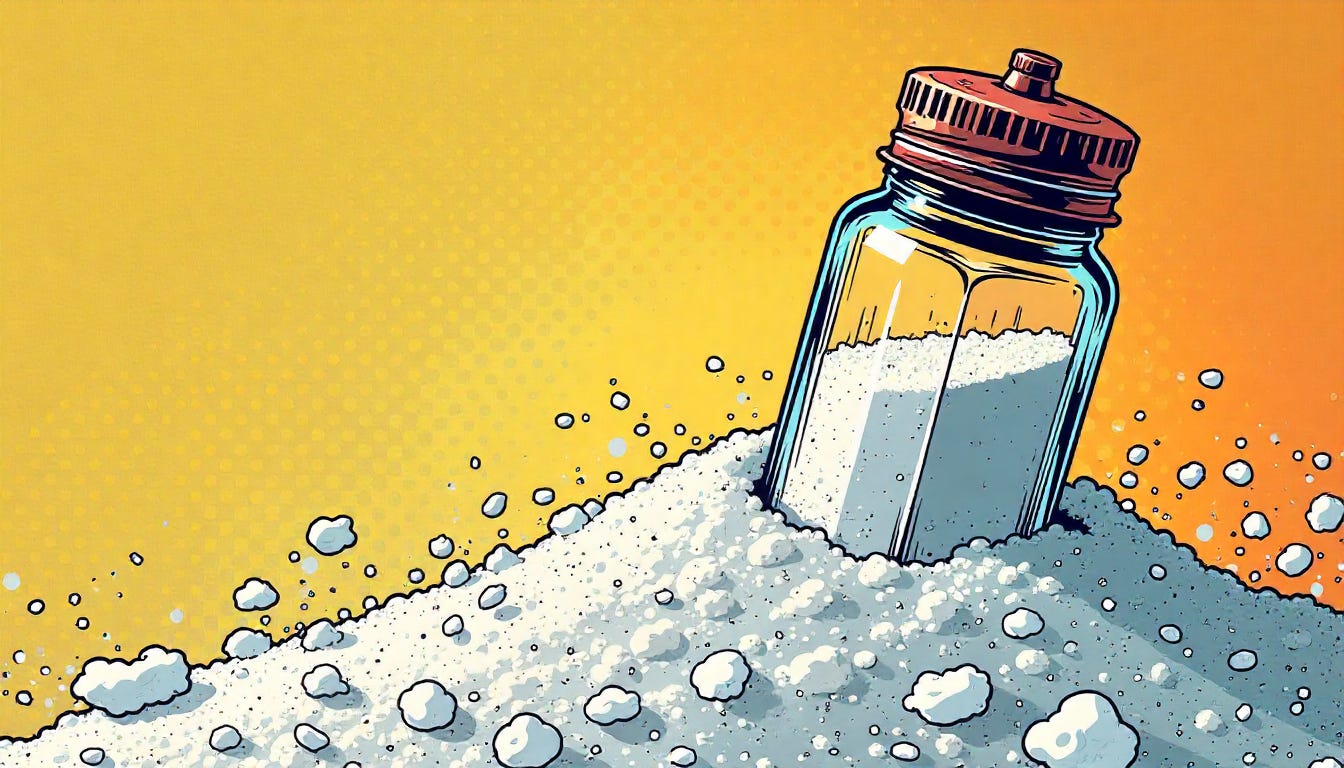Sodium intake for athletes: before, during and after exercise🧂
Your new go-to-guide for sodium intake.
Keep reading with a 7-day free trial
Subscribe to Performance Nutrition Digest to keep reading this post and get 7 days of free access to the full post archives.



